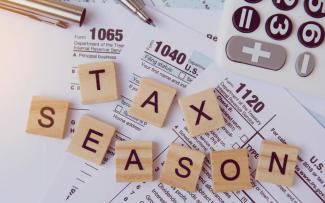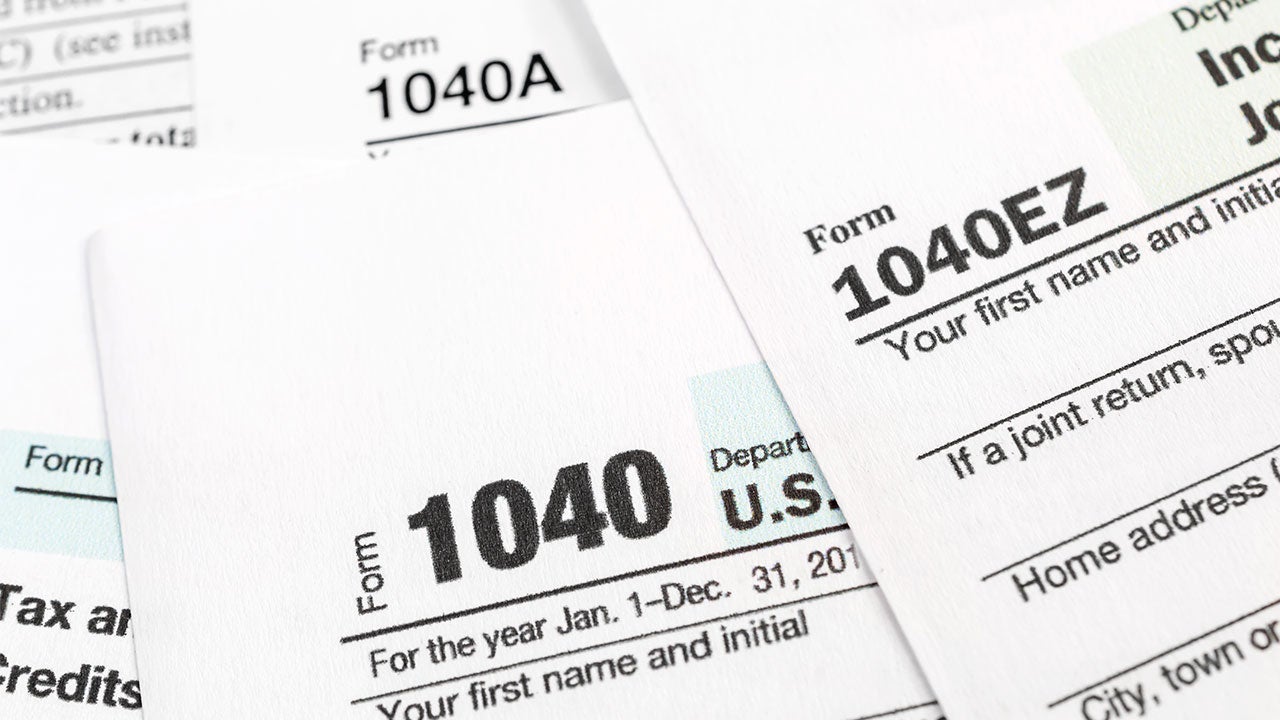
Key Tax Forms: Everything you need to know
As the tax season progresses, navigating the world of taxes can be like deciphering a complex puzzle, and understanding the various tax forms is a crucial piece of that puzzle. Whether you're a seasoned taxpayer or facing tax-related paperwork for the first time, the diverse array of tax forms can be overwhelming. Each form serves a specific purpose and plays a role in the intricate dance of tax regulations. In this article, we'll unravel the mystery surrounding different tax forms, providing clarity on their purposes and helping you navigate the labyrinth of tax documentation.
Where can I get IRS tax forms?
-
Online. The IRS website has IRS tax forms you can download as PDFs, print, or request via mail. The agency also offers Braille-ready formats that work with screen enlargers, screen-reading software, or embossed printing
-
By phone. Call the IRS (see our list of IRS phone numbers for customer service) and ask to have IRS forms mailed to you.
-
Tax software. Good tax software packages offer blank IRS forms to look at as you complete the process of preparing your tax return.
-
IRS Free File. The IRS Free File program offers blank fillable IRS forms to everyone, regardless of income.
Most Common IRS Tax Forms:
Form 1040 and Form 1040-SR
IRS Form 1040 is the standard federal income tax form people use to report their income, claim tax deductions and credits, and calculate their tax refund or tax bill for the year. There are three schedules that you may or may not have to tack onto, depending on your tax situation and whether you want to claim certain deductions and credits. Some people may not have to file any of these new IRS forms. There used to be three variations of Form 1040 (the 1040EZ, the 1040A, and the "long form" 1040). They covered simple to complex tax situations. Now there’s just the 1040 and the 1040-SR for seniors.
- Schedule A: For itemizing
- Schedule B: Reporting interest and dividends
- Schedule C: For freelancers or small business owners
- Schedule D: Capital gains

The W-2 Income from a Job
The W-2 is an IRS form your employer sends to you in January or February. The W-2 shows, among other things, how much your employer paid you during the year, what you contributed to your company's retirement plan, and the amount of taxes withheld on your behalf. A copy goes to the IRS, so be sure you report this information accurately.
Side note: The W-2 has a cousin called the W-4, which you fill for your employer when you get a new job. If you got a huge refund last year, fill out a new W-4 to reduce your withholding — otherwise, you may be needlessly living on less of your paycheck all year.
Form 1098: Mortgage or student loan interest you paid
If you have a mortgage, you’ll get a 1098 form in the mail or your inbox. It shows the interest ($600 or more) you paid on your home loan during the year, and that mortgage interest is generally deductible. Students might get a 1098-T, which reports tuition payments they’ve made, or a 1098-E, which reports the interest they’ve paid on their student loans. Student loan interest and tuition payments may also be deductible.
Form 1099: Various Forms of Income You Received
The 1099 tax form comes in several flavors, but the big five are the 1099-DIV, 1099-INT, 1099-OID, 1099-MISC, and 1099-NEC. These IRS forms are all records of income you’ve received from a source other than your employer, and whoever sent you one also sent the IRS a copy, so don’t forget to report it on your return. In a nutshell, the 1099-DIV reports dividends and distributions from investments; the 1099-INT reports interest you earned on investments; the 1099-OID comes when you buy a bond or note for less than face value; and the 1099-MISC and 1099-NEC are for most everything else not derived from investments, such as money a client paid you for freelance work.
Form 1040-X: To amend or fix a tax return
If you filed your return and then realized you made an error, the 1040-X will save your bacon. You may need to include copies of your other tax forms when you file it. If you find out you owe more due to your mistake, you can still pay online.
Form 4868: Getting an extension
File this form with the IRS by the April deadline — you can even do it online — and you’ll buy yourself a tax extension until October. But be aware that you have to make a good estimate of what you owe the IRS and send in some or all of that amount along with your extension request. If the estimated payment you send in April ends up being less than what you actually owe, you’ll need to pay interest on the difference. And don’t miss your extended deadline: You could face a late-filing penalty of 5% of the amount due for every month or partial month your return is late.
For full information, visit this link.

